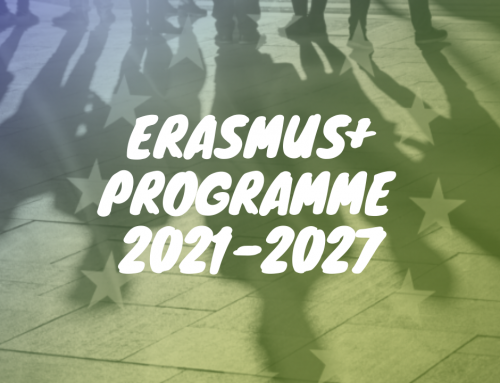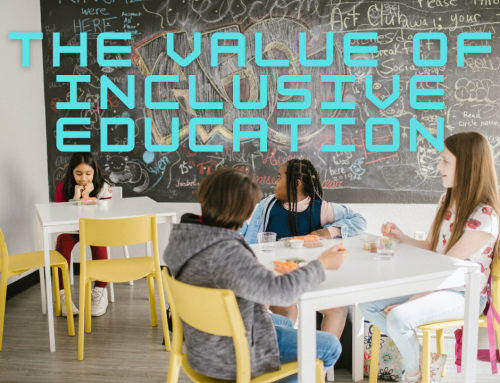An effective principal’s impact is stronger and broader than previously thought, making it “difficult to envision” a higher return on investment in K-12 education than the cultivation of high-quality school leadership, according to this research synthesis.
Subsequent to this, we highly recommend the online course ‘Coaching as a leadership tool‘.
Find the report here.
This groundbreaking synthesis of research on school principals finds that effective principals have positive impacts on student achievement and attendance, as well as teacher satisfaction and retention. Among key findings and recommendations:
- Studies using new data and methods show that the importance of principals may not have been stated strongly enough in earlier work, given the magnitude and scope of principals’ impacts on students and schools.
- A principal in the 75th percentile of effectiveness yields an increase in student learning in reading and math of about three months, nearly as much as the four months of increased learning generated by a teacher at the 75th percentile, but across an entire school. The principal’s effects on students are largely indirect, coming in good measure through teachers, with the principal influencing factors including teacher hiring and development as well as the conditions for sound learning.
- Evidence links four domains of principal behaviors to positive outcomes for students and schools—and they include but go beyond engagement with instruction.
- The principalship needs continued reorientation toward educational equity.
- Given the strength and scope of the impact of an effective principal, investing in successful strategies is likely to have a very large payoff.
- We need renewed attention to supporting a high-quality principal workforce.
The report serves as a wide-ranging update to a landmark 2004 literature review, How Leadership Influences Student Learning, which helped establish the importance of principals after concluding that school leadership was second only to classroom instruction in school-related impacts on student learning. Both reports were commissioned by The Wallace Foundation.
The updated synthesis draws on 219 high-quality research studies about school leadership published in the 20 years since 2000, the latter end of the period covered by the earlier review. Among the studies are six, all published since 2012, that examine principal impact by taking advantage of school and principal longitudinal data unavailable 20 years ago. It was through their analysis of these studies that the authors reached their conclusions about principal effects on student achievement.
“Foremost, our results on the importance of principals’ effects suggest the need for renewed attention to strategies for cultivating, selecting, preparing, and supporting a high-quality principal workforce,” the authors say. “The payoffs to successful strategies appear very large for student learning and for other important outcomes, such as student attendance and teacher turnover.”
They add that “it is difficult to envision an investment in K-12 education with a higher ceiling on its potential return than improving school leadership,”
The synthesis explores not only what the recent body of evidence says about principal impact, but also the demographic characteristics of principals in the second decade of the 21st century, the practices that define effective school leadership—and, importantly, how principals can carry out those practices to promote equitable education in their schools.
The report finds that based on the weight of evidence, effective principals carry out four key behaviors—engaging in “high-leverage” instructional activities, such as teacher evaluation and feedback; establishing a productive climate; building collaboration and professional learning communities; and managing personnel and resources strategically. These behaviors rest on three skills—people skills, organizational skills, and instructional skills—suggesting that effective principals employ a broader toolkit of strategies than often assumed.
The authors emphasize the necessity of principals embedding equity into these practices, as public schools serve growing numbers of students of color, students from low-income households, English learners, and students with disabilities. The report describes emerging research on how equity can be applied in each of the four areas, through, for example, culturally responsive teaching, creating a climate that celebrates diversity, and engaging with parents. A related matter is the composition of the principal workforce, which, the authors find, has failed to keep pace with rapid changes in student demographics. The result is a significant “representation gap” between principals and students, a cause for concern in part because of research linking principal demographic diversity to better outcomes for students of color.
This synthesis is one of a trio of reviews commissioned by Wallace and expected to be published in 2021. The second report will examine what is known about assistant principals and their role in schools, while the third will look at school leader preparation and professional development, building on findings from a 2007 study of the subject.
Source: https://www.wallacefoundation.org






